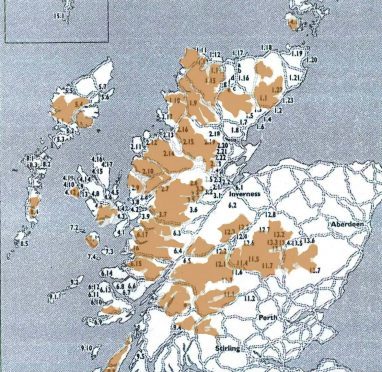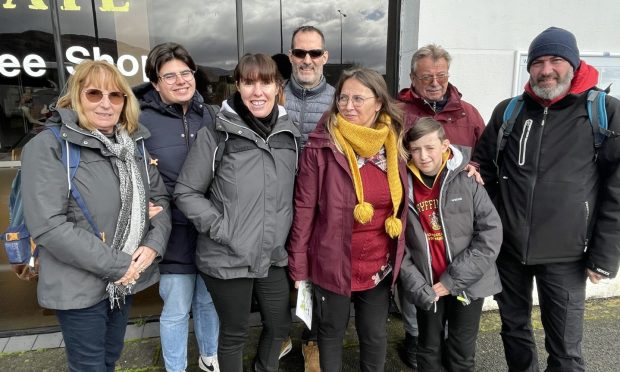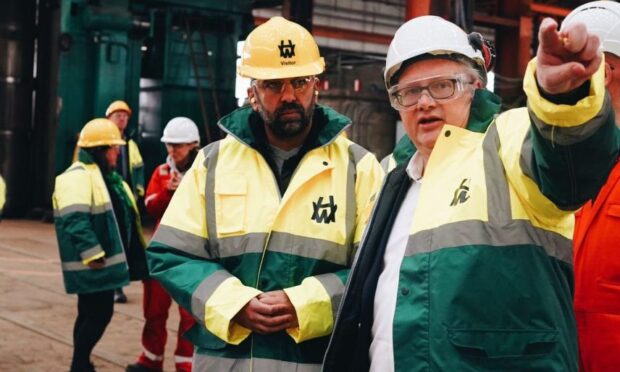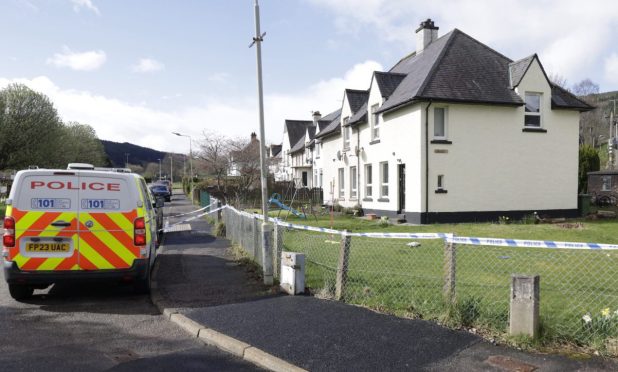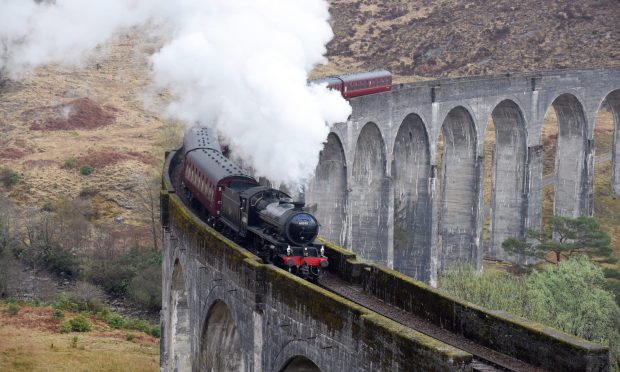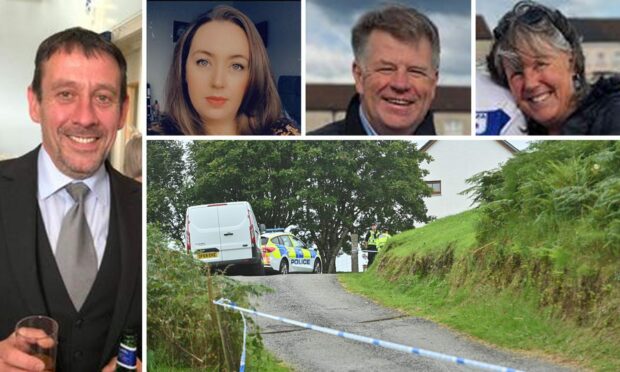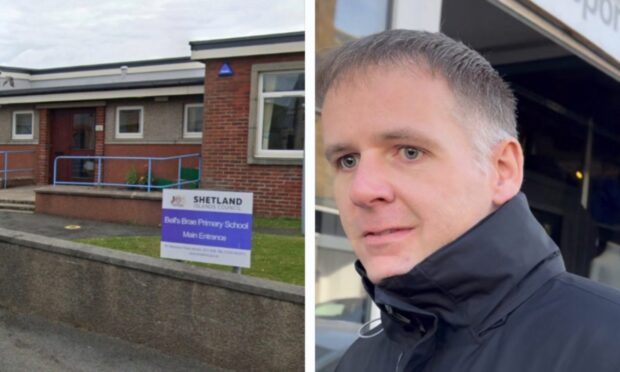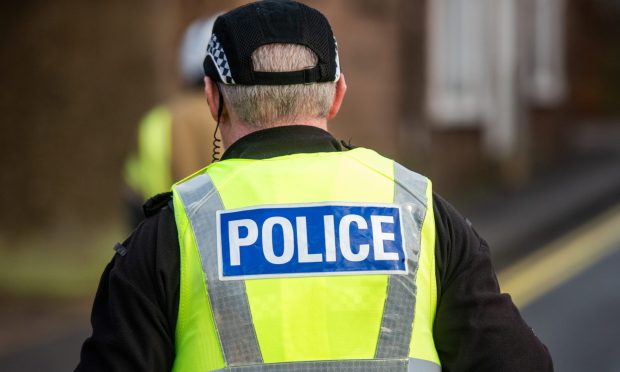A radical package of proposals has been unveiled to attempt to reverse the Highland Clearances in many forgotten communities.
The Scottish Government has been asked by community landowners to create a raft of new powers to revive the region’s “lost heritage” and pave the way for the re-population of townships which were wiped out during the 18th and 19th centuries.
The plans have been tabled by Community Land Scotland (CLS), the umbrella organisation for the community buyouts which own more than half-a-million acres in the likes of Eigg, Assynt and Gigha.
Land reform campaigners hailed the move last night as having the potential to “build the confidence of local people to make most use of their cherished local resources”.
The CLS submission urges ministers to amend the draft Planning Act going through Holyrood to set a new goal of “the repopulation of rural Scotland, and the resettlement of once populated land now wholly or largely unpopulated”.
CLS wants a map of “no-longer-existing communities” to be drawn up to be considered as part of planning decisions, and to act as a “counter-balance to the power the ‘Wild Land Map’ now gives to arguments to keep places empty, places that once had people and thriving communities in them”.
And the proposals suggest giving ministers and councils compulsory purchase powers to pave the way for resettlements, including enabling nearby communities to exercise the right-to-buy land to deliver the same goal.
David Cameron, a director of Community Land Scotland, said: “These temporarily deserted lands should once again ring to the voices of children playing in their landscape.”
A CLS spokesman added: “A lot of time has been spent mapping so called ‘wild land’ and some now needs spent mapping Scotland’s lost heritage as part of thinking about our future development.”
It is estimated that clearances to make way for large-scale sheep farming and sporting estates led to 70,000 Highlanders emigrating between the 1760s and 1803, while documents show that more than 150,000 were forced from their lands from 1783 to 1881, though the true number is thought to be much higher.
The east Sutherland areas of Strathnaver, the Strath of Kildonan and Strathbrora alone contain the sites of 150 and 200 separately named communities which are entirely deserted, and the consequences were felt as far east as the Cabrach in Aberdeenshire and Moray, which had a population of 800 in the 19th century but now has just a few dozen.
Rob Gibson, land reform campaigner and former Highland MSP, said: “Community empowerment is a key SNP government stance. The planning bill consultation is an opportunity to underpin the rights of communities to reoccupy land which was cleared of its people.”
He added: “CLS are to be congratulated in seeking rights for existing communities to reoccupy land to repopulate our country. These proposed powers could help build the confidence of local people to make most use of their cherished local resources.”
Despite the criticism of the existing focus on protecting “wild land”, conservation charity the John Muir Trust said it did not believe the two initiatives would sit in opposition.
Chief executive Andrew Bachell said: “The John Muir Trust sees no contradiction between the proposals brought forward by Community Land Scotland to open up previously occupied places for people to live and the continued protection for Wild Land Areas.
“We have never been in favour of excluding people from wild land.
“Indeed, we share Community Land Scotland’s aspiration to see living landscapes in which people are an integral part.
“Our main concern is to protect these areas from commercial large-scale infrastructure such as giant wind turbines and super-quarries.”
Local Government Minister Kevin Stewart said: “Our Bill will transform Scotland’s planning system and empower communities to have a greater influence over their future, facilitating delivery of the development that our communities need.
“Our package of reforms includes a new and enhanced National Planning Framework that will feature a national policy about use of land across Scotland, alongside a review of Scottish planning policy.”
